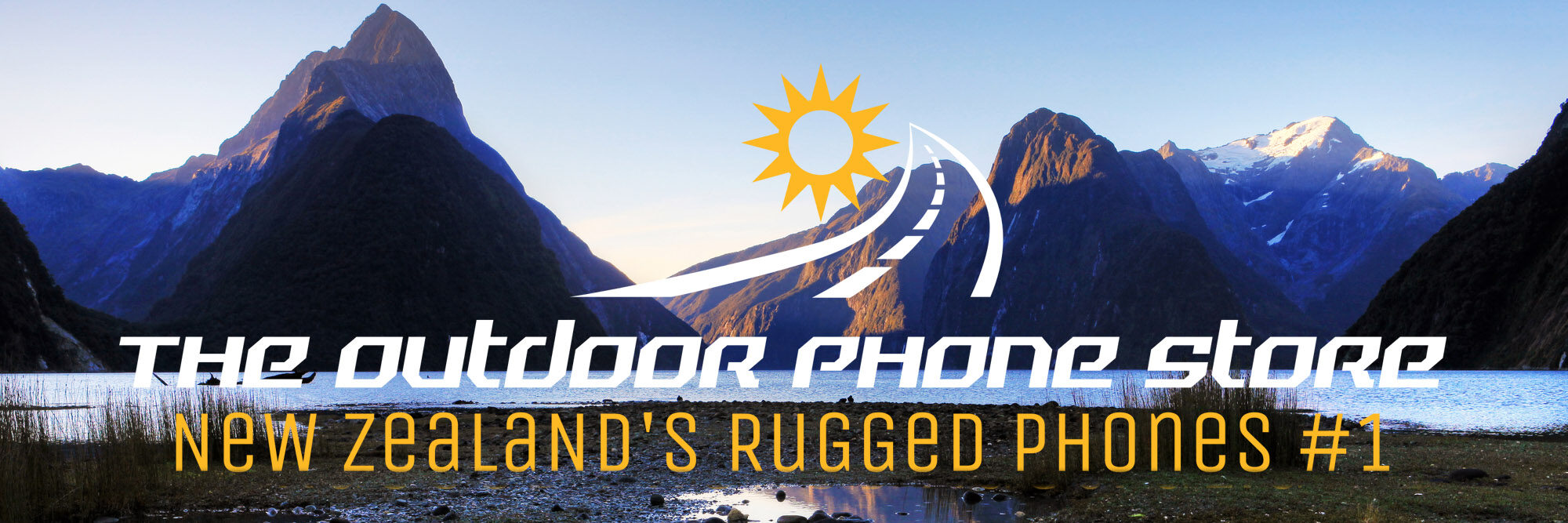By Ian Wishart
IT IS A STORY THAT WILL SURPRISE YOU:
The biggest known earthquake-caused tsunami can create 60 metre walls of water – around six times larger than the Japan tsunami. This New Zealand one created by what is now known as the Mahuika comet strike – after the Maori god of fire – was what scientists call a “mega-tsunami”, 220 metres tall, 22 times higher than the Japanese tsunami, as it thundered up the South Island’s east coast. Waves that high have been known to penetrate up to 45km inland in other parts of the world. To put this in perspective, if you were dining in the revolving restaurant at Auckland’s Sky Tower, 190 metres off the ground, you would still be 30 metres (100ft) underwater.
A STORY THAT STAYS FOCUSED:
Once again it is fascinating but ultimately irrelevant to Treaty issues whether Egyptians, Libyans, Greeks, Phoenicians, the Portuguese or the Druid Getafix with his mates Asterix and Obelisk set foot on New Zealand first – the important part is that they didn’t get back to boast about it or, if they did and they mapped it, they kept it very quiet and didn’t claim the land. Not even Tasman claimed New Zealand for the Dutch. It was left to a British naval commander, Captain James Cook, to be the first European to set foot on New Zealand soil and live to tell the tale.
A STORY TOLD WITH HUMOUR:
When dawn broke the following morning, more canoes pulled alongside and translator Tupaea remarked to Cook the overnight guests were yelling over the rails to their friends, “It’s OK to come on board, the white men don’t eat people!”
“From which,” Cook wryly and cautiously noted in his journal, “it should seem that these people have such a Custom among them.”
IN THE VOICES OF THOSE WHO WERE THERE:
“About dinner time three canoes came alongside of much the most simple construction of any we have seen, being no more than the trunks of trees hollowed out by fire without the least carving or even the addition of a washboard on their gunnels.
“The people in them were almost naked and blacker than any we had seen – only 21 in all – yet these few despicable gentry sang their song of defiance and promised us as heartily as the most respectable of their countrymen that they would kill us all.”
A STORY THAT CHALLENGES MODERN VERSIONS OF OUR HISTORY:
It is not first-hand testimony, and in fact it does not appear to have been published until 1965, 74 years after the Pakeha interviewer had himself passed on and almost 200 years after the massacre in question. A journalist would treat this as hearsay of the first order, but it passes muster as “authentic history” in modern academic circles, apparently
A STORY OF POWER:
The most surprising fact, Roux went on to say, “was the small regard they have for their women. They are not in the least jealous of them. The women have to do all the work, the men only occupying themselves with warlike preparations and exercises. They are continually engaged in these exercises, throwing darts and spears at each other. The women are always busy, either in making cloth, or cultivating the soil, or preparing food. Sometimes they even go fishing with very large nets, but, as a rule, the men do this work.
“These women appear to be completely subject to their husbands.
A STORY OF PASSION:
“These natives are greatly given to embracing each other, but they display in these caresses a most noticeable ferocity. They are peculiarly fond of kissing each other, and this they do with great intensity.”
A STORY OF MISPLACED TRUST:
Turning to Lieutenant Roux, du Fresne added: “How can you expect me to have a bad opinion of a people who show me so much friendship? As I only do good to them, assuredly they will do me no evil.”
AND THE CLASH OF CULTURES:
By seven pm, word came through from the ships that “a great many more canoes, full of natives, had landed on the island.” This was an all-out war involving, on one side, a battalion-strength team of Maori warriors drawn apparently from numerous tribes (about as many warriors as the current New Zealand Army can comfortably muster for any single military tour at the moment), and on the other 50 armed Frenchmen, most of them sailors. One side, of course, had gunpowder. The other side desperately wanted gunpowder.
IT’S A STORY OF RESPECT:
Forget Cook’s gunboat diplomacy that largely lobbed cannonballs safely over the heads of miscreants. With Marion du Fresne, New Zealand Maori had been confronted with everything the strangers could throw at them, from cannon to buckshot and all the weaponry in between. The Maori had been beaten but not crushed, and their experience at the hands of France is one of the reasons we speak English here today.
A TALE OF STILL-BURIED TREASURE:
The decision was made to leave New Zealand, but not before claiming the country in the name of France – Captain Croziet being unaware Cook had already claimed it for Britain three years prior.
“On the 12th July we sent a bottle to be buried on Marion Island, in which were enclosed the arms of France, and a formal statement of the taking possession of all this country, which we named Austral-France. This bottle is 4 ft. under the earth, at 57 paces from the edge of the sea, reckoning from high-water mark, and at ten paces from the little stream. This bottle was buried with all necessary precautions.”
The bottle, presumably, is still there. It has never been found.
A STORY OF BETRAYAL:
In 1808, the 11-strong crew of the Parramatta learned the hard way that dealings with Maori needed to be honourable.
“She had, in distress, put into the Bay for provisions and water. The Natives supplied them with pork, fish, and potatoes, as much as the Parramatta could stow away. After the schooner had received her refreshments, the Natives naturally wanted their pay, but, on making application, were thrown overboard and fired at by the crew, who immediately thereafter weighed anchor and sailed away. Besent103 saw three who had been wounded with small shot in the fight. A heavy gale of wind came up immediately and blew the vessel on shore not far from Cape Brett, where her remains lay for several years. The New Zealanders naturally took advantage of the wreck to have their revenge, the shipwrecked sailors were cut off to a man, and the fate of Marion and his companions was theirs.”
AND LESSONS LEARNED THE HARD WAY:
Northland Maori in particular were beginning to amass quite a collection of captured weaponry, from the tempered steel of cutlasses and swords to the power of the mighty musket. The cardinal rule – never bang a casket of gunpowder – had been tested and learnt by the Ngati Uru of Whangaroa – and Maoridom’s inevitable catch-up with European technology and power was well underway. There was, however, an even more potent force sailing over the horizon: missionaries.
IT’S A STORY ABOUT NEVER GIVING UP:
Not only had Ruatara been robbed of his homecoming, having travelled right around the world to within two miles of a friendly village before being abducted again, but he and his Maori companions had also been robbed of their share of the whale oil, roughly £100 each (NZ$30,000 in today’s money). The agricultural tools and seeds Samuel Marsden had given him to take back to his village all remained on the Frederick. So when Ruatara got back to Sydney, he was overjoyed to see the friendly face of the Christian missionary once again.
Another ship followed, and another promise of passage to New Zealand if he worked the decks. This time, however, the captain kept his promise and it was a highly relieved Ruatara who arrived home with sacks of wheat seed to share around and plant.
The poor guy who had endured so much, however, was set to endure even more, this time at the hands of his wider whanau who accused him of giving them New Zealand’s first recorded example of “ghost chips”…
AND A STORY OF HARD DECISIONS AHEAD:
Maori had arguably been in New Zealand for 600 years, and achieved a peak population of 100,000 in that time. The tribal customs of throwing the sick and the pregnant outside into the cold so as not to defile the sleeping huts, and refusing to feed them, had a huge impact on infant and adult mortality, as did the practice of killing baby girls at birth. The frequent tribal wars killed many men and women of child-bearing age, with a huge generational impact on Maori population growth.
The question readers honestly have to ask themselves, no matter which side of the debate they sit on, is whether tino rangatiratanga could genuinely have delivered a prosperous future for Maori, or whether New Zealand would have been just another sleepy (or alternatively war-wracked) Pacific Island state, only larger?
There are a range of possible answers to that question, and there will be some who argue that sovereignty and mana are more important issues than making a buck or having a vibrant economy.
IN SHORT, IT’S OUR STORY.
All this and much more in the new book, The Great Divide, onsale this week








